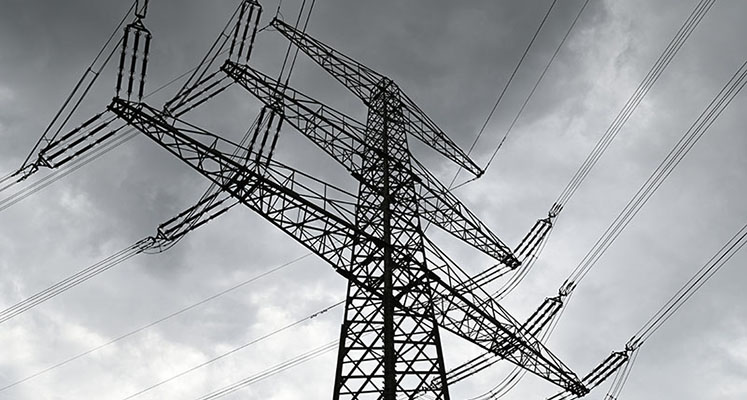More and more often and in more places grid congestion on. There is then insufficient network capacity, which means the power grid may be more unstable at peak times and restrictions may apply in terms of feed-in and permitted off-take by large consumers. What can you do to still meet your power needs and avoid suffering from grid congestion?
Grid congestion is now almost a nationwide problem, see also the capacity map of Netbeheer Nederland. Expanding and modernizing the national power grid takes an enormous amount of time, so what can a company or individual do themselves to minimize grid congestion and other power problems until then?
It is important to note that these potential solutions require a good deal of creativity and often a modified way of thinking and working. This will not always be easy or possible in practice, but over time measures will become increasingly necessary. Therefore, it is better to be prepared, or at least to think carefully about what is possible. With this kind of solution we also help each other, because it relieves the electricity grid.
Energy Storage
For both consumers and businesses (for convenience we include industry and other utilities here as well) it is ideal if power can be stored during off-peak hours and the times when their own power demand is low. So that this can be used during peak times when the demand from the market is high and therefore both the power price and the grid load spikes. This can be done by using home batteries and heavier batteries specifically intended for business and industry.
Such a battery is insufficient to become completely independent of the grid, but may be sufficient to at least bridge the worst peak moments and maintain the stability and reliability of the local energy supply. Without batteries, it is sometimes even impossible to circle a large enough connection. Business renting a battery can be a convenient option if, for example, only seasonal peaks are involved, or if a larger-than-other project is being undertaken during a defined period. Companies can also do this collectively, as in an energy hub.
Spread
A more complex method that may not be feasible in every situation, but can be quite rewarding, is to better spread energy consumption over the day, a 24-hour period, or over the week or month if necessary. This does require a detailed understanding of business processes.
For example, it helps enormously if large energy consumers in a factory or business do not all have to be in action at the same time, by coordinating their use. This can prevent extreme peaks and a possible overload.
That shifting must then be possible, of course, which is why business or manufacturing processes must first be examined in detail. What must necessarily run simultaneously and what can also be done serially to relieve the load. Control depending on the yield of solar panels and/or the state of batteries may also be an option.
Take advantage of the valleys
Easier to implement for both households and businesses, is to examine whether certain activities can be performed at a completely different time. Read: during off-peak hours. Think about heating or cooling all or certain rooms as much as possible, or having the air purification system work extra hard during that period. This works best in well-insulated buildings, because the indoor climate remains constant for longer. The same applies to other, preferably large power consumers that do not necessarily run during peak hours but just as well during off-peak hours. This also makes a big difference to your wallet (business or otherwise).
Furthermore, in the same way, your own solar power can be used as efficiently as possible, because what you consume yourself immediately also relieves the grid. Heating, cooling, air cleaning and preparing hot tap water during sunlight hours helps prevent surplus power. As does storing energy like heat in buffer vessels for later use. Provided the power demand at those times is not already very high and any batteries are given the opportunity to charge adequately. Something like charging the fleet at night via cheap(er) power is also an option.
Aggregate
Far from ideal, but a gas generator or, if necessary, a diesel generator can be a necessary solution to maintain sufficient power at certain times. For example, if upgrading the power connection at a company or factory is not possible, or if there are purchase restrictions.
In order to maintain the production capacity, or to expand it via a detour, a generator (or several) can be used to supplement the power grid. Possibly as a temporary solution, as in the case of exceptionally high peaks due to seasonal activities.
Mind you, we are referring to generators intended to handle heavy peaks that otherwise would (or could) cause serious problems or to bypass an imposed power purchase limitation. It is certainly not the most environmentally friendly way, but it is a practical and workable solution.













